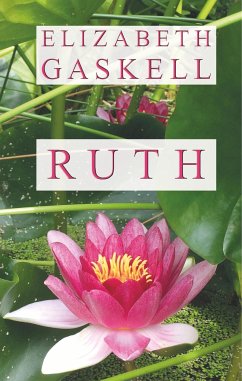
Elizabeth Gaskell was the wife of a Unitarian minister and the character of Ruth is based on the lives of real women she encountered undertaking charitable work in her husband, William Gaskell’s parish in Manchester. These highlight just why Gaskell might have thought it necessary to write such a story. Some contemporary reviews of the book can be read here. Gaskell took a risk having a ‘fallen woman’ as her central character. Her relationship with God is an ongoing presence in the story.Īt the heart of Gaskell’s Ruth is the stigma illegitimacy placed on both the mother and the child, the possibility of redemption and the hypocrisy of the ‘righteous’. Religion, especially the type espoused by the Bensons, inspires Ruth’s transformation from a fallen woman to a respectable mother. Religiosity is an integral part of Ruth and some modern secular-minded readers might have difficulty with this element. Gaskell’s prose is richly descriptive and the supporting characters all individual and well-drawn. But in this less than perfect world nothing ever remains secret, especially a ‘sinful’ past. To those outside the Benson household she appears to be a gentle and beautiful woman who is the epitome of industry and purity.

Leonard is the centre of her life and with the Bensons she strives to live a godly life and redeem herself, acknowledging her previous ‘sinfulness’. Presented as Mrs Denbeigh, a young widow, Ruth gives birth to her son, Leonard.

When Ruth is well enough, she travel with Benson and his sister, Faith, to their home in Benson’s northern parish of Eccleston. She is saved by the intervention of non-conformist minister, Thorston Benson. Now pregnant, she despairs of her future and contemplates suicide. When he falls ill, his imperious mother arrives to take him home and care of him, and Ruth is abandoned. They go first to London and later to Wales where she lives with him as his mistress. As she has nowhere to go, Bellingham takes care of her. When he convinces her to let him take her on a long Sunday walk to visit the village where she was raised, she is seen by her employer and is sacked on the spot. Beautiful, innocent and unworldly, she unwittingly attracts the attention of a wealthy young man, the feckless Henry Bellingham.

First published in 1853, Ruth begins with sixteen-year-old Ruth Hilton, raised in a respectable loving family and newly orphaned, working for a seamstress in the town of Fordham.


 0 kommentar(er)
0 kommentar(er)
